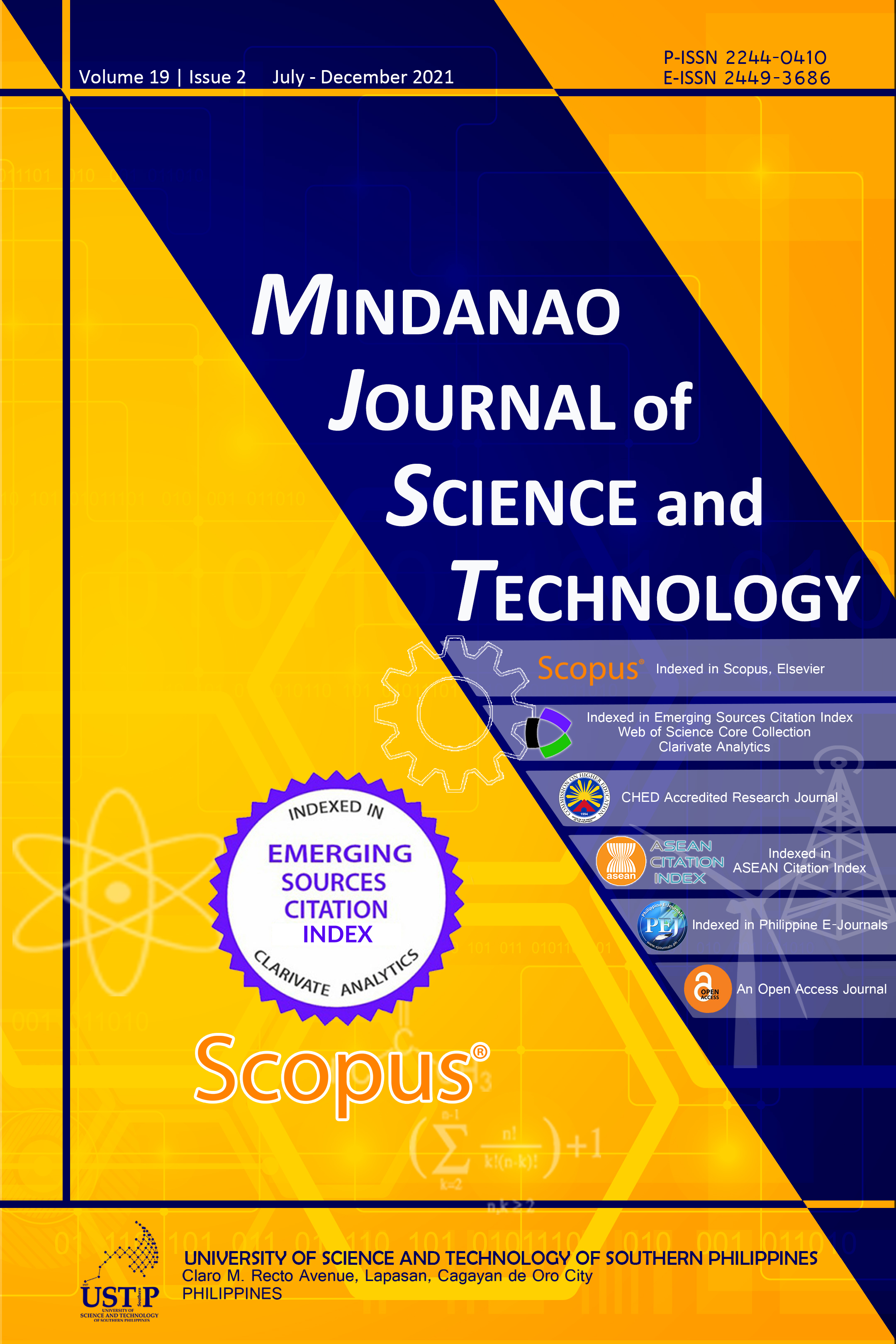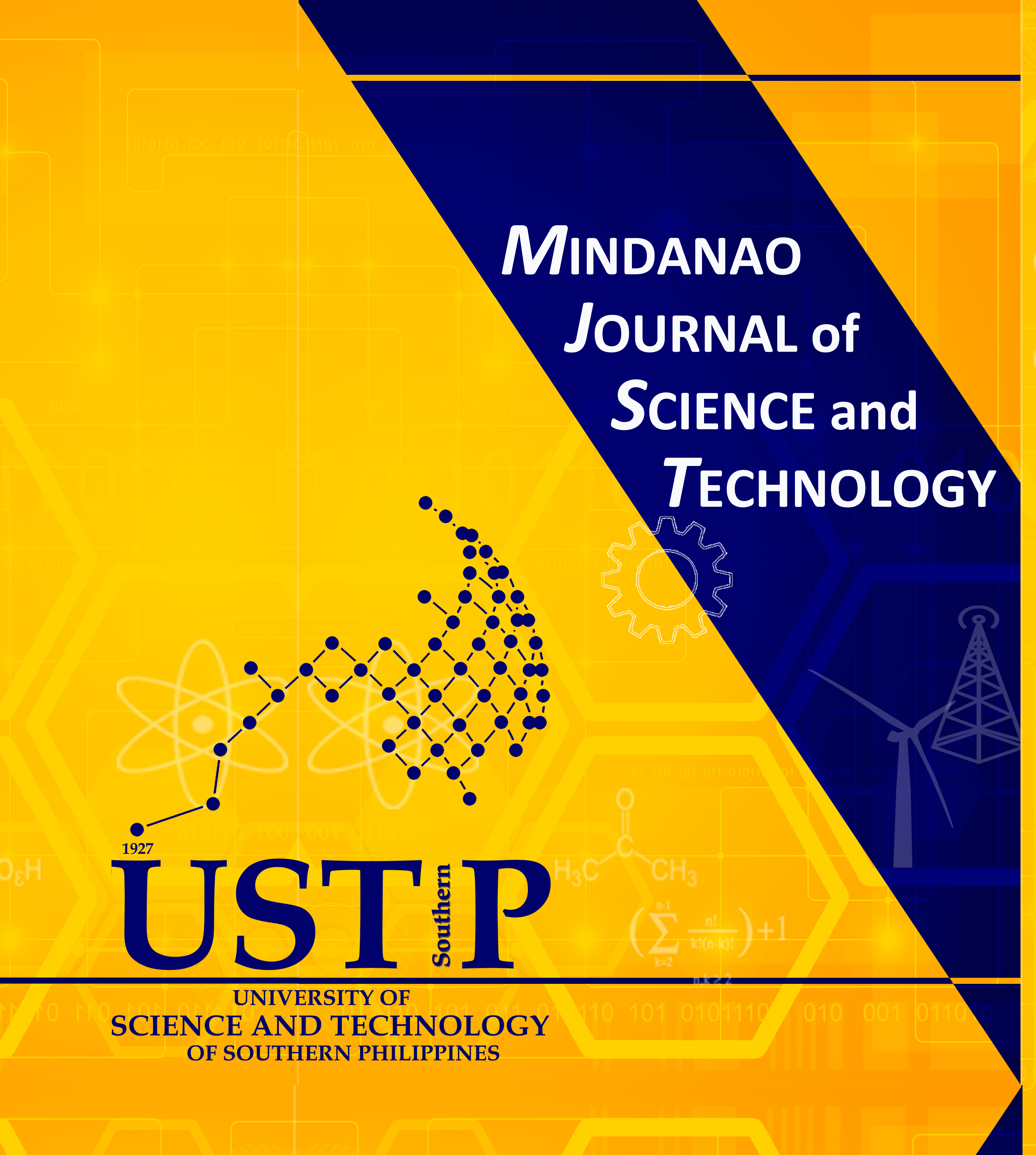Effects of Nanoformulated Plant Growth Regulator on Culturable Bacterial Population, Microbial Biomass and Enzyme Activities in Two Soil Types
Keywords:
agriculture, microbial activity, nanotechnology, nanomaterial, PhilippinesAbstract
Nanomaterials have many beneficial applications; however, their impacts on the environment necessitate an assessment. Understanding any possible negative effects of nano-based products on soil health needs to be performed before their extensive use in crop production and commercialization. Microorganisms are considered the most sensitive indicators of environmental stresses. Thus, this study assessed the effects of nanoformulated plant growth regulator (HormoGroe®) on the culturable soil bacterial population, dehydrogenase (DHA) and urease (UA) activities, and microbial biomass (MCB) in Lipa clay loam (LCL) and Sariaya sandy loam (SSL) over 75-day incubation period in the laboratory. Results showed the treatments had no significant effect on the culturable bacterial population. HormoGroe® had no adverse impact on DHA in both LCL and SSL. HormoGroe® significantly enhanced UA in SSL at 35 days after amendment (DAA) but significantly decreased UA in LCL at 75 DAA, while it decreased significantly the MCB at 35 and 1 DAA in LCL and SSL, respectively. Regardless of the amendments, LCL had higher DHA and UA but lower MCB than SSL. The effect of HormoGroe® and the non-nanomaterials on the parameters measured was influenced by soil type. In conclusion, HormoGroe® is safe for soil microbiome, mainly bacteria in crop production.










